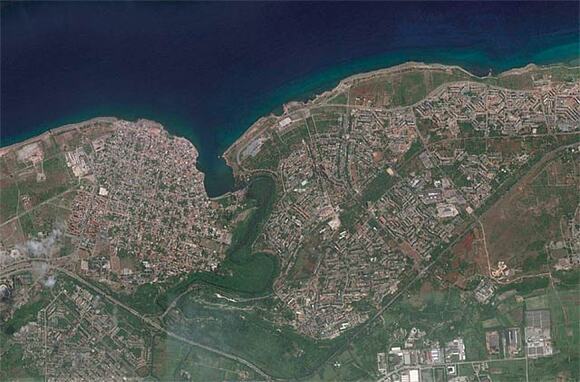
Alamar is a satellite city of Havana, Cuba, built during the 1970s. This prefab city started out as the embodiment of the communist spirit but has fallen into decay over the past few decades, largely due to its isolation from Havana, the capital of Cuba, several miles away. Also the monotonous use of urban space, boring facades, lack of adequate public space and incomprehensibility of the apartment blocks proved to be disastrous for the dwellers’ sense of identity and belonging. However, with original master plans left unexecuted, Alamar has literally grown into a unique case of urban planning (unintentionally) intertwined with urban agriculture. More out of necessity than as a leisure activity, during the 1980s and 1990s, people have developed the large plots which had been left empty into large scale urban gardens (‘orgaponico’s) which now play an essential role in the food production of the neighborhoods.
– Isolation from the city centre of Havana
– Physical decay of most apartment blocks
– Monotonous urban design
– Unique and successful example of urban agriculture, intertwined with urban planning
– Social cohesion brought forth by the urban gardens
– Extremely well-distributed health care facilities (as in the overall urban regions of Cuba)
– Prof. Jorge Pena Diaz




